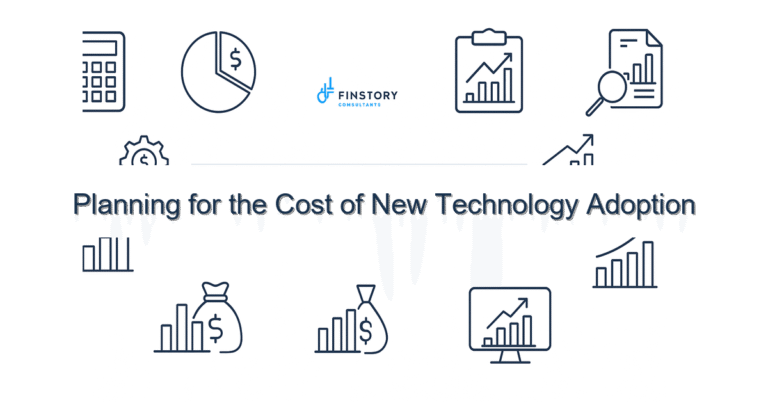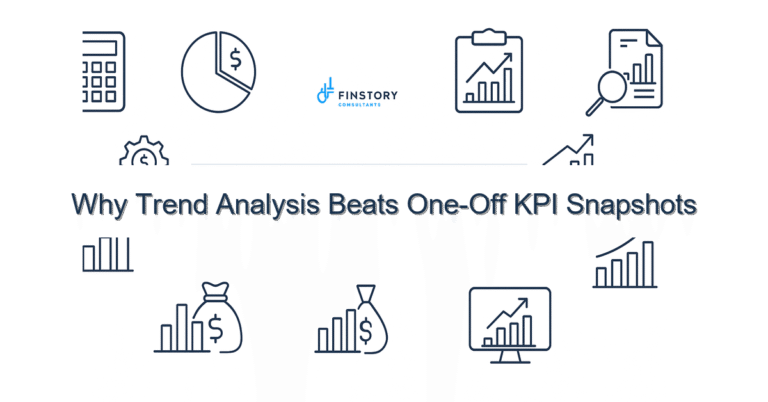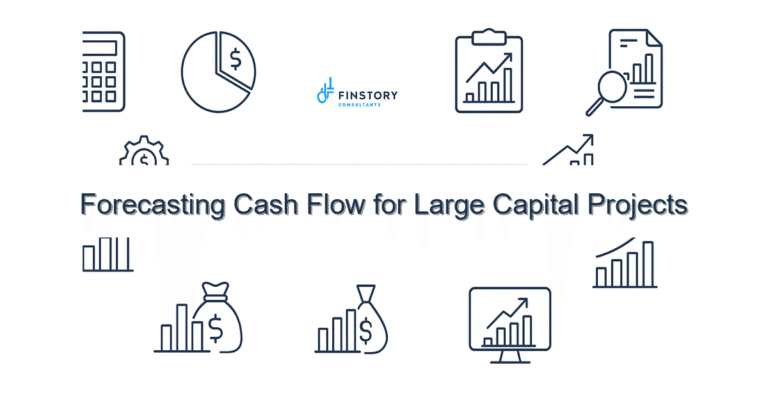How to Measure the Profitability of Strategic Partnerships
You know partnerships can unlock scale and access, but measuring whether a joint effort actually improves margins feels messy. You’re balancing patient outcomes, contract complexity, and finance teams that need answers yesterday.
Summary: Get a clear, repeatable way to measure partnership profitability by aligning commercial KPIs with operational metrics, building a cost-to-revenue view, and deploying simple dashboards so leadership can decide fast and invest where it pays off.
What’s the real problem?
Healthcare organizations enter partnerships expecting growth or efficiency gains. Yet many struggle to prove those benefits in dollars and cents. The challenge is less about spreadsheets and more about misaligned measures and invisible costs.
- Revenue looks good on commission reports, but variable costs and shared services inflate true marginal cost.
- Operational improvements (faster throughput, lower readmissions) lack a direct tie to partner payments.
- Finance receives late, aggregated data—so decisions get made on gut or outdated numbers.
- Contracts contain levers (rebates, clawbacks, performance fees) that aren’t modeled consistently.
What leaders get wrong
Well-intentioned leaders make a few repeatable mistakes. Calling these out helps you course-correct faster.
- Believing top-line uplift equals profitability. More revenue without marginal-cost visibility can mask losses.
- Using aggregate P&L to evaluate partnerships. That hides allocation issues and prevents fair comparison across partners.
- Waiting for perfect data. Waiting slows decisions; imperfect but timely insights beat perfect but late reports.
- Overlooking contract mechanics. Failure to model rebates, shared savings, or penalties skews ROI estimates.
A better approach
Shift to a partnership-level profitability model that’s repeatable and trusted by operations and finance alike. Here’s a 4-step framework that works in practice.
- 1. Define true contribution. Start with partner-attributable revenue and subtract direct variable costs (clinical supplies, labor hours linked to services, pass-through fees). Include an agreed share of overhead.
- 2. Build a contract model. Encode fees, milestones, rebates, and performance penalties so forecasts reflect real economics, not headline rates.
- 3. Link operational KPIs to dollars. Map metrics like LOS, readmission rate, or procedure volume to cost drivers and revenue triggers in the contract.
- 4. Deliver a one-page dashboard. Show contribution margin, payback period, and variance vs plan. Make the dashboard visible to CFO, FP&A, and operations leaders.
Real-world story: A midsize health system partnered with a telehealth vendor last year. Initial reports showed a 15% revenue increase. After modeling shift costs and clinician FTEs attributed to telehealth, the finance team found contribution margin improved by only 4%. Armed with that insight, leadership renegotiated the service-level pricing and realized a true 9% margin uplift within six months.
Quick implementation checklist
- List all active partnerships and assign an owner for each (finance + ops buddy).
- Extract partner-level revenue by contract and by service line for the last 12 months.
- Identify direct costs: clinical supplies, contractor fees, incremental labor hours.
- Document contract levers: rebates, holdbacks, performance thresholds, and payment timing.
- Map 3–5 operational KPIs that drive costs or payments for each partnership.
- Create a minimal contribution-margin model in Excel or a BI dataset (revenue less attributable costs).
- Build one Power BI dashboard tile with contribution margin, month-over-month trend, and variance to plan.
- Run a monthly partnership review with CFO and one operational leader; set an action per meeting.
What success looks like
- Contribution margin accuracy within 5–10% of audited results.
- Reduction in decision cycle time: from 30+ days to weekly/biweekly updates for key partners.
- Improved contract renegotiation outcomes—measured as 6–12 month ROI on renegotiated terms (target 12–18% incremental margin).
- Visibility of partner-driven volume and costs improved by 70% (through direct tagging and reporting).
- Routine leadership reporting: one dashboard used in >90% of partnership reviews.
Risks & how to manage them
- Risk: Misallocation of shared overhead inflates or deflates partner profitability.
Mitigation: Use a standardized, documented allocation method and run sensitivity analysis on overhead rates. - Risk: Data lag and quality issues yield misleading trends.
Mitigation: Prioritize a small set of timely, high-quality signals (volumes, payments, FTE hours) and automate feeds. - Risk: Contract complexity hides contingent liabilities (clawbacks, performance penalties).
Mitigation: Maintain a contract register with triggers and model worst-, base-, and best-case scenarios for each partner.
Tools & data
You don’t need a monolith to start. Combine finance automation, reporting tools, and clear leadership reporting to scale.
- Use finance automation to pull accounts receivable and payable flows directly into your model—this reduces manual reconciliation time.
- Power BI or a similar BI tool is ideal for packaging the contribution margin and KPI dashboards for leadership; build tiles that update from automated datasets.
- Keep a simple contract register and tie it to your FP&A model so leaders can see the financial impact of clauses in real time.
Next steps
Start small: pick two partnerships that matter most to margin and run the 4-step framework for a quarter. Use the Quick Implementation Checklist to create an actionable dashboard and a monthly review cadence. If you want to accelerate, lean on a partner who understands both healthcare operations and finance systems.
Work with Finstory. If you want this done right—tailored to your operations—we’ll map the process, stand up the dashboards, and train your team. Let’s talk about your goals.
📞 Ready to take the next step?
Book a 20-min call with our experts and see how we can help your team move faster.
Prefer email or phone? Write to info@finstory.net
or call +91 44-45811170.






